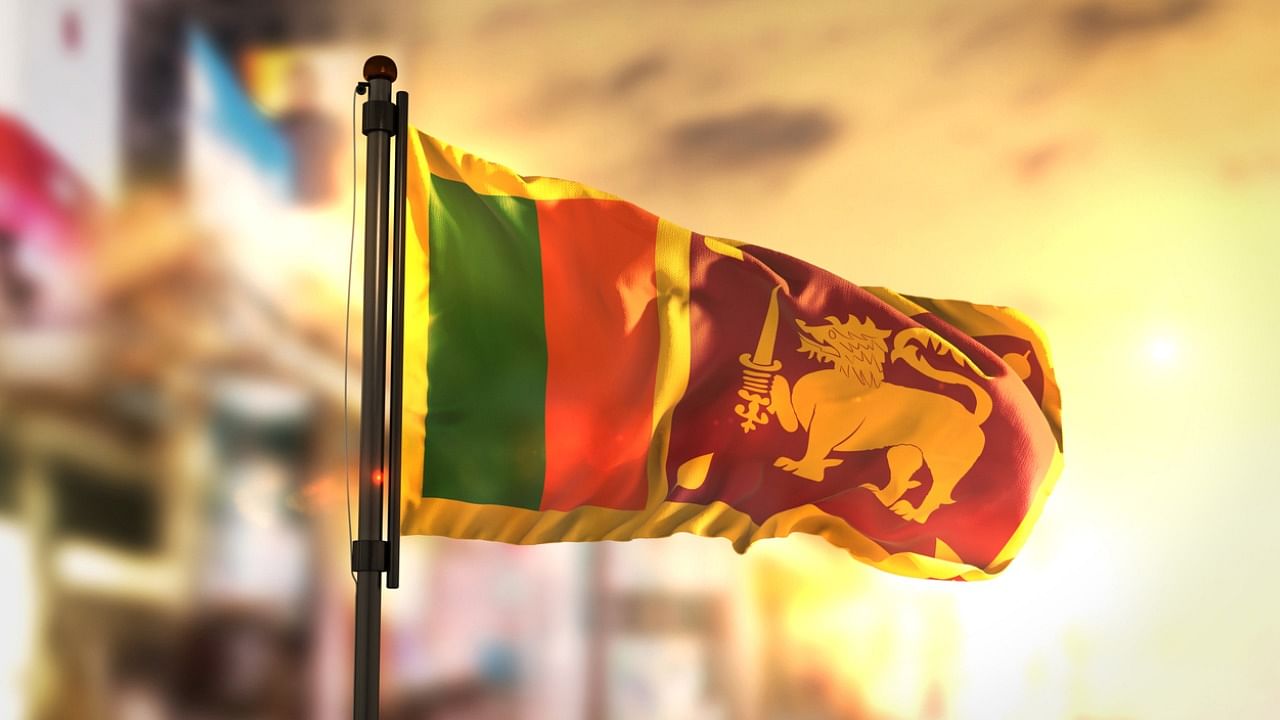
April 21 marks two years of the deadly Easter attacks in Sri Lanka led by Islamist groups like National Tauheed Jamaat (NTJ) and Jaamiyathul Millathu Ibrahim (JMI), drawing attention to the Islamic radicalisation in the island. Two years hence the attention is still on Islamic radicalisation. But what about other radicalisations in the island state?
Post-independence Sri Lanka in fact witnessed three radical movements – Sinhala, Tamil and Islamic – that were primarily youth revolts. Sinhala radicalism was spearheaded by the JVP, firstly in the early 1970s and later in the late 1980s. Tamil radical movement that initially started in a moderate manner in the 1950s turned militant in the early 1980s, principally led by the LTTE.
Islamic radicalism was in a non-violent mode since 1970s but got a taste of violence in the 1980s and the1990s in response to the LTTE’s anti-Muslim attacks in the east. But it surprisingly slipped into terrorism in 2019. A basic distinction, however, among these radical movements is while Tamil militancy was ethno-nationalistic, the other two were ideological.
Irrespective of the nature of these movements, they all rose principally due to the inability of successive Sri Lankan governments to address the socio-cultural, political and economic grievances of the concerned community, perceiving them as just “law and order” problems.
All three stories of radicalisation in the island state clearly suggest that a lack of moderate political parties to articulate in the interest of the communities at the right point in time led to the rise of radical groups to fill the vacuum. It is an important lesson in the understanding of the radicalisation process in any community: it is vital to encourage moderate politics to articulate grievances; suppression of the same would give rise to radicalism. Communities at large should get the confidence that their grievances articulated through moderate means are being heard and addressed.
The involvement of external actors and networks, especially in the case of Tamil and Muslim radicalisations, has made the issue more complex. The external actors have their own interests and dynamics that tend to exploit internal faultlines for their own advantage. This is what is happening to Sri Lanka as well.
Although radicalisation was evident and manifested in a violent form in all three communities, one common denominator remains: the way in which the Sri Lankan State handled the issue.
Military means of handling radicalisations would trigger a cycle of violence and counter-violence. There is a need to adopt socio-economic and political measures as well. In the process, it is important that deradicalisation measures put in place for one community should not radicalise the others. The State machinery should not be perceived as biased towards or against any community.
Healing wounds
Radicalisation in Sri Lanka is not going to stop with Eelam Wars or Easter attacks. Demonisation of Muslims after the attacks and instituting more restriction in the name of security is going to further radicalise a section of the minority community resulting once again in a cycle of violence and counter-violence. History suggests that any nation-building process that is exclusivist in nature; that happens at the cost of ignoring the sentiments of minority communities is doomed to be a failure.
Playing to the gallery of Buddhist hardliners is not going to help in the long-run. It will push the country back to the decades of the Eelam Wars. Yet another community should not take up arms. One community that has been left untouched by violent radicalisation is the Plantation Tamil community.
Sri Lanka should be in a position to adopt success stories of de-radicalisation, especially reconciliation among the ethnic communities, and heal the wounds. In this regard, the role of civil society groups is significant. Governments should be in a position to recognise their unique contribution and rope them in the process instead of hindering their activities.
Most importantly, religious leaders could play a key role of reconciliation through interfaith dialogue. The Sri Lankan case also suggests the importance of developing what Ray Oldenburg calls “third places” for building relations at the community level. The government could consider periodic orientation of those reintegrated ex-militants to make sure that they do not slip away from the right path.
Role of external actors in the radicalisation and de-radicalisation process comes out clearly in the Sri Lankan case. Instead of going alone, Colombo should be in a position to build cooperative networks at bilateral, regional and global levels to counter radicalisation and violent extremism. Only through such cooperation at all three levels, support networks to radical groups could be stifled. Countries could also learn from each other’s success stories.
(The writer is Associate Professor, Department of International Studies & History, Christ Deemed to be University, Bengaluru)